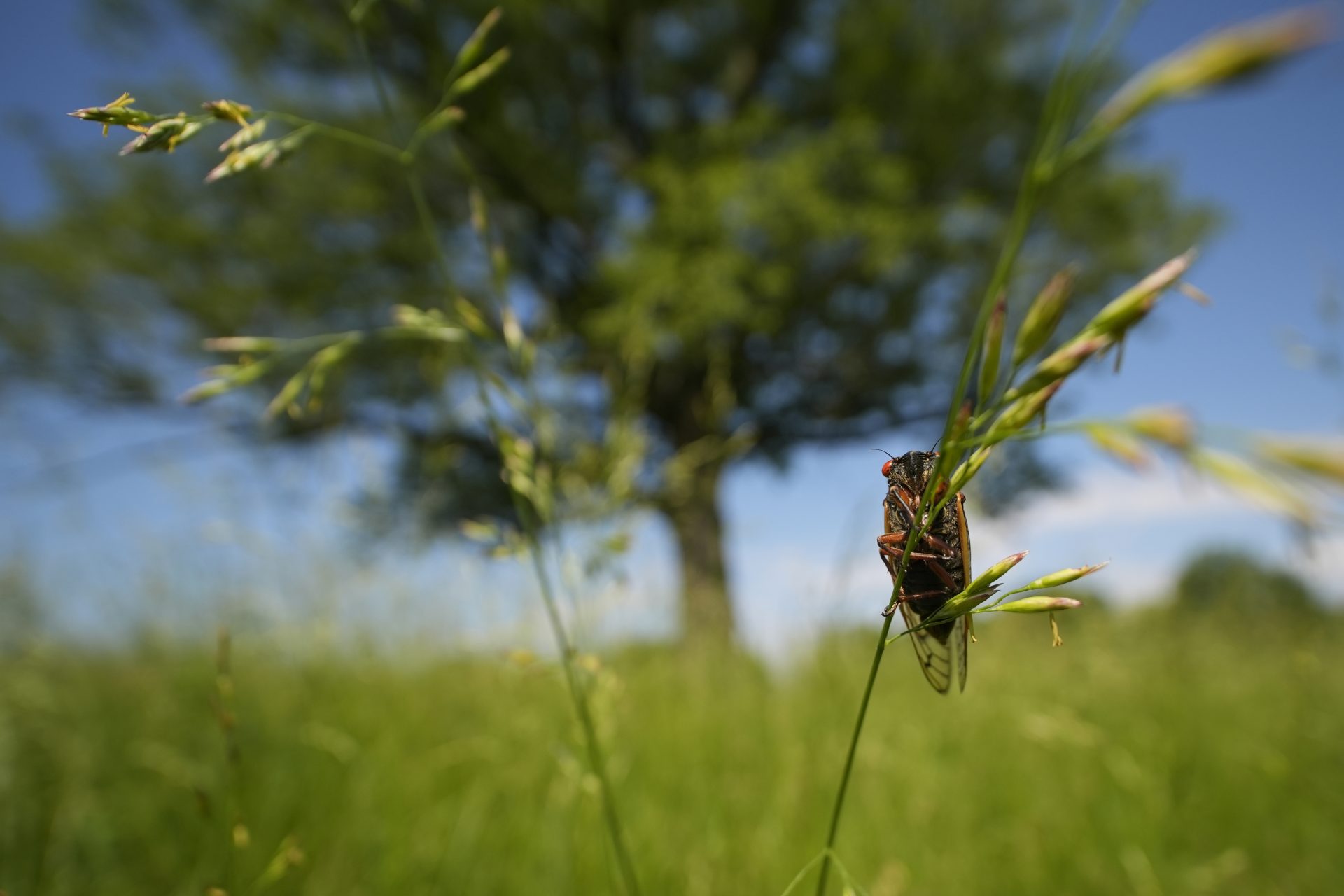|
Only have a minute? Listen instead
Getting your Trinity Audio player ready...
|
In the summer of 1803 President Thomas Jefferson concluded the Louisiana Purchase from the cash-strapped, strutting little tyrant, Napoleon Bonaparte. Jefferson then sent Meriwether Lewis and William Clark off to map, explore and document the flora and fauna of the land that nearly doubled the land area of the newly created United States of America.
On that journey through the lands of the Missouri River, the Dakotas and westward to the Pacific Ocean, Lewis and Clark would have heard something that has not been heard in this country again — until this summer. That is the irritating, pervasive, constant, abrasive sound of a rare double hatch of two periodical cicadas.
Yup, the last time Brood XIX and Brood XIII cicadas both emerged at the same time was 1803. What is more, a brood is not the same as a species. Different broods can have many species present. But this wonderful year, all species of each brood will be surfacing, singing and covering the path on which you want to walk!
For those of you enduring the noise, feeling the disgusting crunch under your feet, and having to see the creepy red eyes of these creatures, maybe this knowledge will allow you to feel a little better. At least you know how historically unique your discomfort is.

If you are an entomologist at heart or by profession you should be as happy as a pig in slop. While there are lots of cicadas that emerge from their underground homes at either 13-year or 17-year intervals, to have both cycles coincide is a mathematical rarity.
What are these noise makers doing the rest of the time? They are growing up. At the end of this summer’s sex-fest (let’s face it, that is what all the noise and lolling about on our sidewalks and lawns is about) the males will die, and the females, before they die, will lay their eggs in narrow trenches they make in the bark of tree limbs. The larval forms of the cicadas then burrow into the ground at the foot of the tree. There they feed on fluid from the tree roots, growing to adult size. When the time is ripe, the cicadas emerge, occupy all horizontal surfaces, and sing their hearts out.
They will not move out of your way. They crunch when you step on them and step on them you will. They don’t care. Love is in the air, and they have only one plan — find that special someone and complete the circle of life. The entire Zen of the cicada is to suck around in the dark for 13 or 17 years, come out to mate and immediately die. If Tina Turner asked a cicada, “What’s love got to do, got to do with it?” their answer would be: everything.

So now you know that cicadas are sex-obsessed root suckers. What aren’t they? First, the periodical cicadas are not the annual cicadas (with black or green eyes) that show up every year and are only moderately obnoxious. They are not locusts and don’t eat our crops. They are not poisonous. They do not sting, bite or spread diseases. While your dog might get an upset stomach by chomping down large numbers of the cicadas, they will not kill it. They are irritating but not dangerous.
The fact is that there are other ugly, creepy, disgusting manifestations of life that tend to reappear periodically. These emerging haters don’t have Zen. They just have a constant rash stemming from a lack of easy success in their narrow, petty lives. Many of them are not as easy to understand or as easy to dismiss as cicadas. Personally, I would rather have the cicadas.
Find a little Zen and keep the faith.
Louise Butler is a retired educator and published author who lives in Edinburg. She writes for our Board of Contributors.






